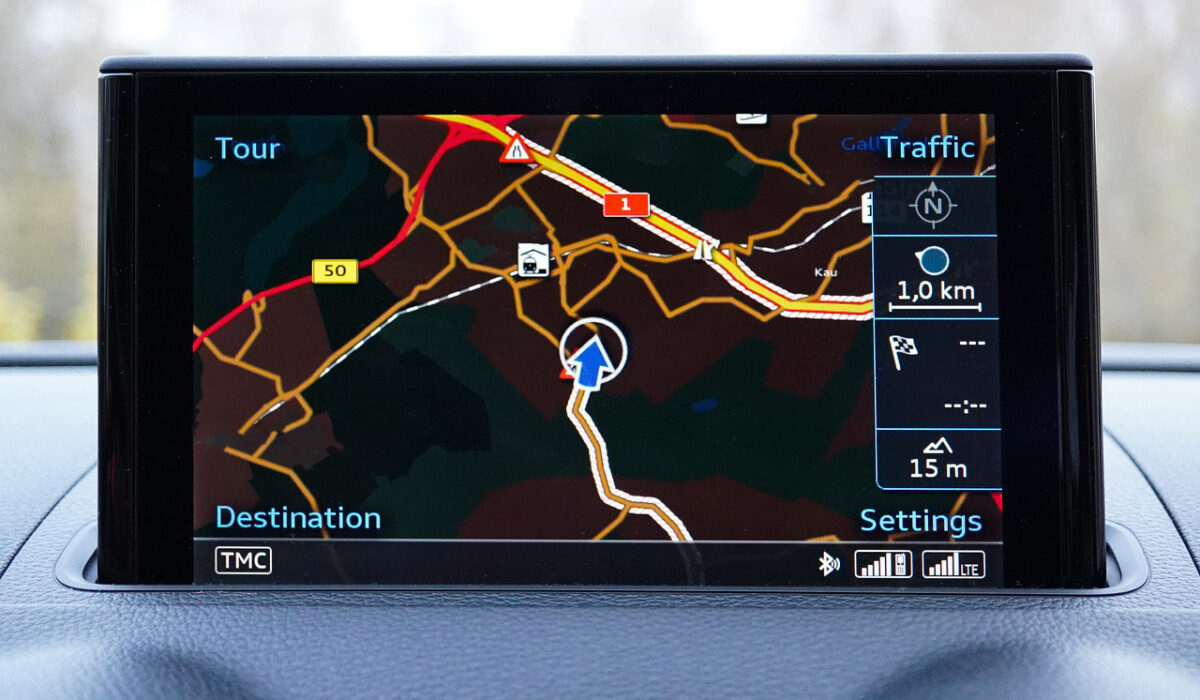Ten years ago, when you thought of mobile automotive technology, mobile phones and apps were not uppermost in your mind. But we have seen a convergence of automotive and mobile technology happen right before our eyes, and it has brought upheavals, created a new industry, and opened new opportunities for all.
What has happened is that a number of technologies that were first widely deployed on cell phones have been adapted to and applied to automobiles, trucks, and other kinds of vehicles.

Let’s take navigation as an example. Nokia Maps (now HERE WeGo Maps), and later Google Maps, gained widespread usage on smartphones. Once they were matured enough, these same systems began to be built into cars.
Examples of the convergence of automotive and mobile technology
- Autonomous and semi-autonomous vehicular systems. Today’s vehicles are having assisted driving systems that help keep the driver and passengers safe on the road, e.g., beep loudly when approaching an obstacle, and bring the car to a halt where no action is taken by the driver. We also see new cars that can park themselves in busy or tight parking lots.
- Automotive location and tracking systems. The same way we have Google Maps and HERE WeGo Maps, among others, on our phones, these services have made their way into cars. More and more cars have them built in.
- Remote locking/unlocking and control. This is stuff out of science fiction, to be sure, but you can now travel a thousand miles away and start and stop your car engine remotely. If that is too wild for you to comprehend, today you can buy a car that lets you lock/unlock it and start/stop the engine with your smartphone.
- Computerization: like smartphones, cars are becoming mobile computers, powered by software more than ever before. Like cell phones and smartphones, the modern car is a digital entity running on electronic systems.
- Mobile connectivity in vehicles. Like humans, cars are constantly on the move, and with new technologies requiring a always-on connection, it makes sense that modern cars are coming built with radios that maintain a connection with mobile network towers. This was already a thing with 4G. With 5G connectivity spreading like wildfire, modern connected cars are better able to leverage on wireless technology. Cars can stay connected to our mobile phones, our homes, and other devices in the new world of Internet of things (IoT).
- In-car entertainment platforms. We have seen massive growth in the world of in-car entertainment. Top brands from all over the world are fighting neck-to-neck to have their platforms power entertainment in as many car brands as possible.

For hundreds of years, cars were mostly about mechanical hardware. But this has changed. Software and wireless connectivity is now as much an integral part of automobiles and other auto vehicles. And this is thanks to the adoption of multiple technologies from mobile phones and telecom industries.
Mobile-first technologies like wireless connectivity, navigation systems, operating systems (software), and apps are driving the modern automobile industry, and will do so for a long time. The convergence of automotive and mobile tech will change how cars are built, how they work, and how we drive or ride them.
This convergence is why new players, for example Tesla, have been able to gain an upper hand against long-established players like Toyota, GM, BMW, Hyundai, and others. In response, legacy carmakers are rising up to the challenge – most of them not fast enough.
But we are seeing electric cars, semi-autonomous cars, and vehicles with assisted driving and assisted parking systems from different old players. Everyone sees clearly how the automotive industry is changing, and everyone is trying to get in on the movement and not be left behind.
This convergence of automotive and mobile technologies has created a new ecosystem of services and apps that talk to one another to deliver an improved, more convenient driving (and riding) experience for us. This trend will continue, and there will be a constant innovation till the next big shift occurs.